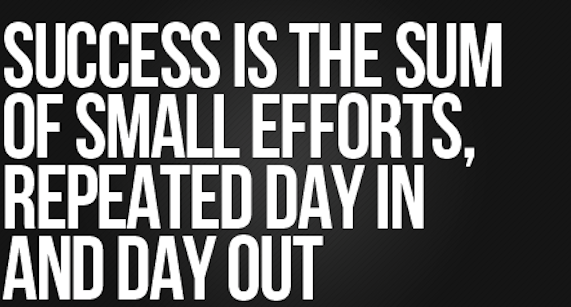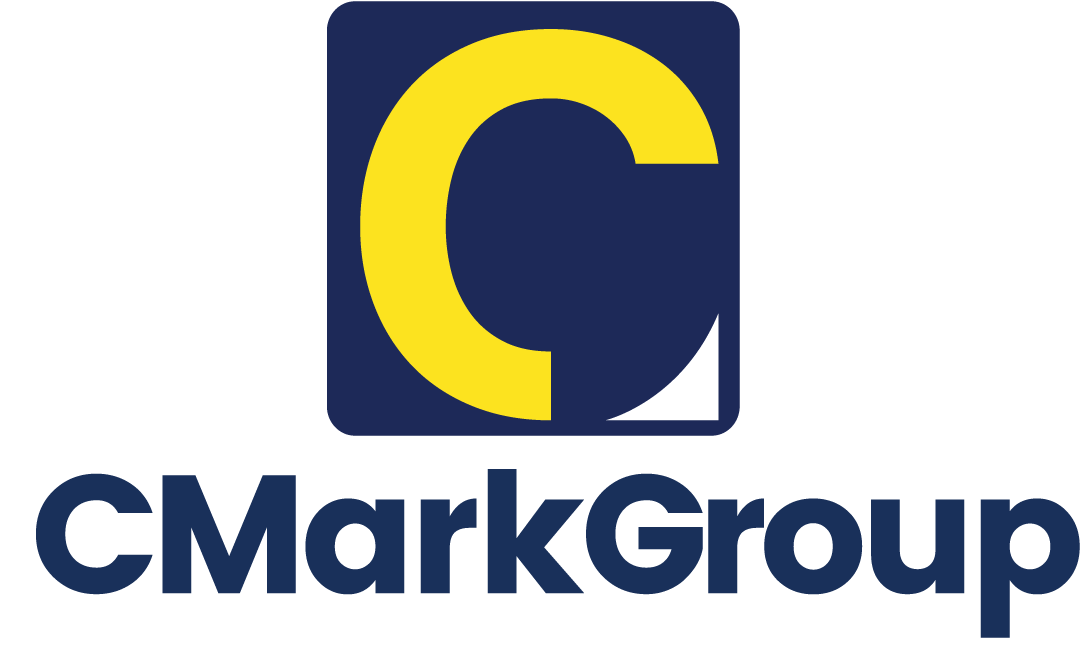Three C’s to Success
- September 14, 2017
- Posted by: Ben Laube
- Category: Innovation

Realtors have an expression about their success, Location Location Location.
Improving your business can also be as simple with the three C’s. Consistency, Consistency, Consistency. — Below is an excerpt from a McKinsey article I read recently that covers this topic.
Consistency of Customer Experience
It’s well understood that companies must continually work to provide customers with superior service, with each area of the business having clear policies, rules, and supporting mechanisms to ensure consistency during each interaction. However, few companies can deliver consistently across customer journeys, even in meeting basic needs.
Simple math illustrates why this is so important in a world of increasingly multichannel, multitouch customer journeys. Assume a customer interacts six times with a pay-TV company, starting when he or she undertakes online research into providers and ending when the first bill is received 30 days after service is installed. Assuming a 95 percent satisfaction rate for each individual interaction—whether measuring responsiveness, the accuracy of information, or other factors—even this level of performance means that up to one in four customers will have a poor experience during the on-boarding journey.
The fact is that consistency on the most common customer journeys is an important predictor of overall customer experience and loyalty. Banks, for example, saw an exceptionally strong correlation between consistency on key customer journeys and overall performance in customer experience. And when we sent an undercover-shopping team to visit 50 bank branches and contact 50 bank call centers, the analysis was confirmed: for lower-performing banks, the variability in experience was much higher among a typical bank’s branches than it was among different banks themselves. Large banks typically faced the greatest challenge.
Consistency of Customer’s Emotional Experience
One of the most illuminating results of our survey was that positive customer-experience emotions—encompassed in a feeling of trust—were the biggest drivers of satisfaction and loyalty in a majority of industries surveyed. We also found that consistency is particularly important to forge a relationship of trust with customers: for example, customers trusted banks that were in the top quartile of delivering consistent customer journeys 30 percent more than banks in the bottom quartile.
What is also striking is how valuable the consistency-driven emotional connection is for customer loyalty. For bank customers, “a brand I feel close to” and “a brand that I can trust” were the top drivers for bank differentiation on customer experience. In a world where research suggests that fewer than 30 percent of customers trust most major financial brands, ensuring consistency on customer journeys to build trust is important for long-term growth.
3) Consistency of Customer Communication
A company’s brand is driven by more than the combination of promises made and promises kept. What’s also critical is ensuring customers recognize the delivery of those promises, which requires proactively shaping communications and key messages that consistently highlight delivery as well as themes. Southwest Airlines, for example, has built customer trust over a long period by consistently delivering on its promise as a no-frills, low-cost airline. Similarly, Progressive Insurance created an impression among customers that it offered lower rates than its competitors in the period from 1995 to 2005 and made sure to highlight when it delivered on that promise. Progressive also shaped how customers interpreted cost-reduction actions such as on-site resolution of auto claims by positioning and reinforcing these actions as part of a consistent brand promise that it was a responsive, technology-savvy company. In both cases, customer perceptions of the brands reinforced operational realities. Such brands generate a reservoir of goodwill and remain resilient on the basis of their consistency over time in fulfilling promises and their strong, ongoing marketing communications to reinforce those experiences.
Next Steps
Becoming a company that delivers customer-journey excellence requires many things to be done well. But we’ve found that there are three priorities. First, take a journey-based approach. For companies wanting to improve the customer experience as a means of increasing revenue and reducing costs, executing on customer journeys leads to the best outcomes. We found that a company’s performance on journeys is 35 percent more predictive of customer satisfaction and 32 percent more predictive of customer churn than performance on individual touchpoints. Since a customer journey often touches different parts of the organization, companies need to rewire themselves to create teams that are responsible for the end-to-end customer journey across functions. While we know there are an infinite number of journeys, there are generally three to five that matter most to the customer and the business—start your improvements there. To track progress, effectiveness, and predict opportunities, you may need to retool both metrics and analytics to report on journeys, not just touchpoint insights.
Second, fix areas where negative experiences are common. Because a single negative experience has four to five times greater relative impact than a positive one, companies should focus on reducing poor customer experiences, especially in those areas in which customers come into contact with the organization most often. For instance, training frontline service representatives to identify and address specific customer issues through role playing and script guidelines will go a long way toward engendering deeper customer trust.
Finally, do it now. Our research indicates that since 2009, customers are valuing an “average” experience less and have even less patience for variability in delivery. In addition, companies that experience inconsistency challenges often expend unnecessary resources without actually improving the customer journey. Making additional investments to improve the customer experience without tightening the consistency of experience is just throwing good money after bad.
—
CMark Group implements along these pillars of consistency using the Kaizen methodology of continuous improvement along with our trademarked “Lean Transformation” process for organically bringing about these changes.
